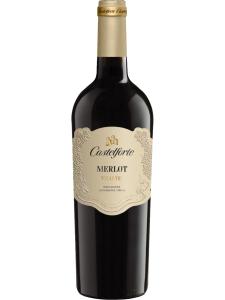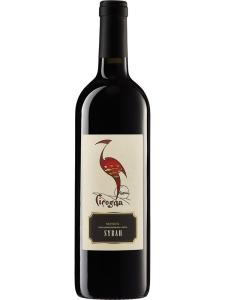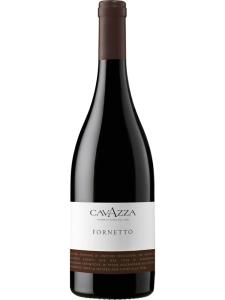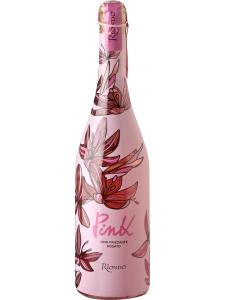Veneto IGT – the region-wide IGT title for the Veneto region in north-eastern Italy – is one of the country's most widely used appellations. It covers a broad range of wine styles from Veneto, the engine room of Italy's wine industry. Each year, a substantial number of reds, whites and rosés are produced and sold under this title, in both sparkling and still forms, and even as sweet passito.
Naturally, given their region of origin, Veneto IGT wines are most often based on such varieties as Pinot Grigio, Garganega and Corvina – the traditional and most widely used grape varieties of the Veneto region. The relatively liberal rules that govern the production of IGT wines mean that a number of non-native grapes are also used, most notably the Bordeaux varieties Cabernet Sauvignon, Cabernet Franc, Carménère and Merlot.
In terms of geography, culture and wine styles, Veneto represents a transition between the alpine, Germano-Slavic end of Italy and the warmer, drier, more Roman lands to the south. Although slightly smaller than Italy’s other main wine-producing regions (Piedmont, Tuscany, Lombardy, Puglia and Sicily), it produces more wine each vintage than any of these. While Sicily and Puglia in the south were once the principal sources of Italian wine (when quantity was consistently favored over quality), this balance began to shift north towards Veneto in the second half of the 20th Century.
In the 1990s, southern Italian wine languished in an increasingly competitive and demanding world, but Veneto's administrators and producers kept a closer eye on the international wine market, upping its game with such wines as Valpolicella, Amarone, Soave and Prosecco. The Veneto IGT title was introduced in 1995, to bring a greater degree of winemaking freedom and to allow the region's producers to keep in step with the ever-evolving demands of the international wine consumer.
For more information on the Veneto region, and its DOCs, see Veneto.





